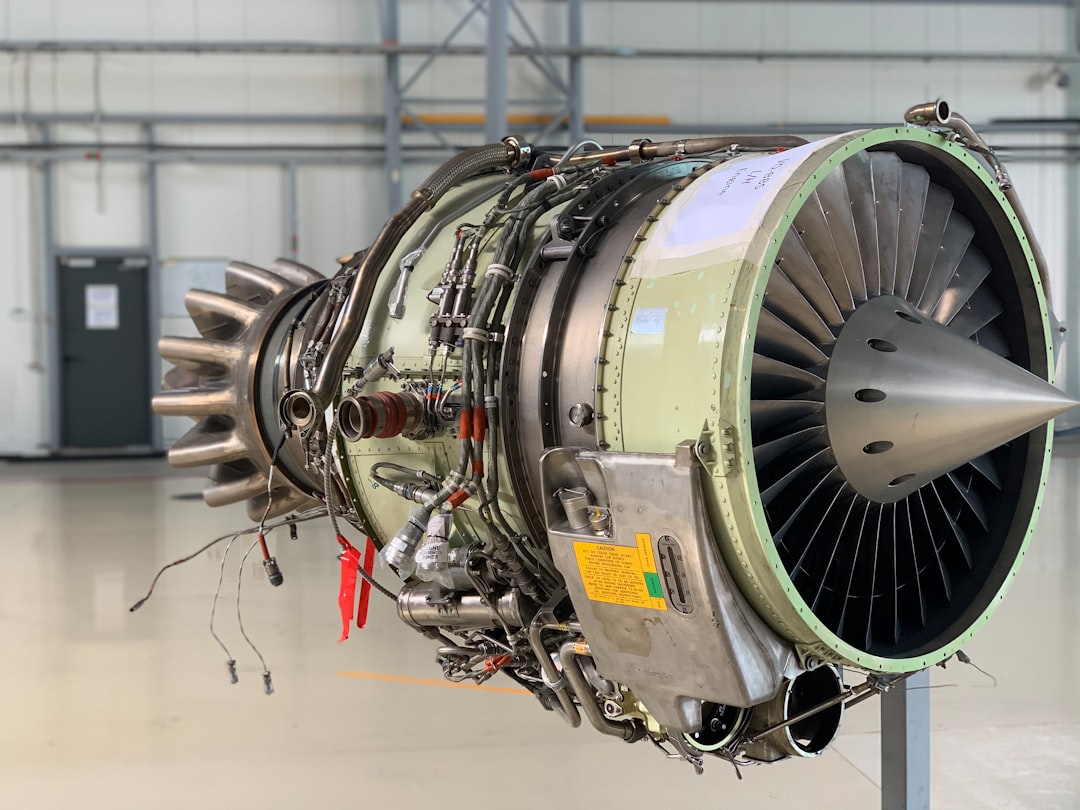What is it about?
This study discusses a way to simulate particles that aren't perfectly round using a computer. Traditionally, these particles are broken down into many small spheres to accurately represent their shape. However, calculating the interactions between all these small spheres is very time-consuming, especially for systems with many particles. We suggest a new approach using neural networks, which are good at finding patterns in complex data. Instead of calculating interactions between all the small spheres, the neural networks predict the interaction based on the distance and orientation between the centers of the particles. This method matches traditional simulations in accuracy but is much faster, making it possible to simulate larger systems for longer times. This technique can be used for any shape of particle, as long as there is enough data to train the neural network. With this method, there are many interesting systems that can be simulated, ranging from non-spherical microplastics aggregation to investigate their environmental impact to protein antibody aggregation in solution for pharmaceutical applications.
Featured Image

Photo by Milad Fakurian on Unsplash
Why is it important?
Improving computational methods to perform simulations faster is helpful for high-throughput screening for many applications, for example to design new formulations or materials faster, as well as for being able to investigate more relevant parameters quicker.
Read the Original
This page is a summary of: Molecular dynamics simulations of anisotropic particles accelerated by neural-net predicted interactions, The Journal of Chemical Physics, June 2024, American Institute of Physics,
DOI: 10.1063/5.0206636.
You can read the full text:
Contributors
The following have contributed to this page










